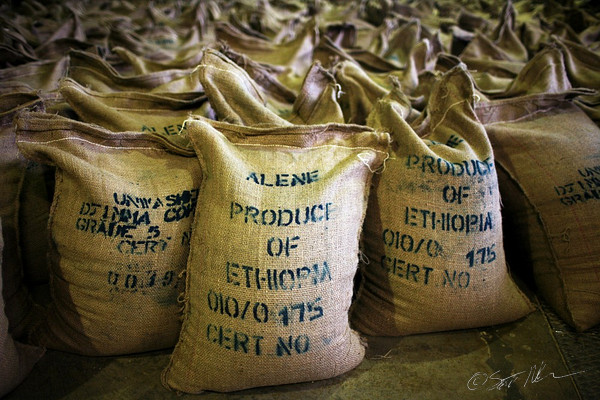Foreign direct investment inflows to West African countries increased 12% to $11.4 billion in 2016, supported by recovering investment in Nigeria, a recent analysis conducted by the Dubai Chamber of Commerce and Industry revealed.
The analysis, based on data from United Nations Conference on Trade and Development was released by the chamber as it prepares to host the 4th Global Business Forum on Africa in Dubai on November 1 and 2, 2017, WAM reported.
According to the data, FDI inflows into Sub-Saharan Africa amounted to $45.9 billion in 2016, marking an 8% decline from the previous year. The drop was largely attributed to the impact of lower commodity prices on producing countries in the region.
The primary recipients of FDI inflows in 2016 were the diversified producers of the East Africa region, led by Ethiopia which saw inflows surge 46% to $3.2 billion during the year. Infrastructure and manufacturing were identified as key sectors attracting the highest levels of FDI in the country, while Mauritius and Madagascar also saw steady inflows.
Ghana was the third largest FDI recipient in Sub-Saharan Africa in 2016, recording inflows of $3.5 billion and 9% annual growth. Steady inflows supported the increase to the country’s oil and gas sector, as well as regional FDI in the area of cocoa processing.
Although progress and development varied across the region, the majority of African countries achieved income growth, a reduction in poverty, and improvements in infrastructure, health and education. Such gains are expected to mitigate the impact of external shocks, which are the main risk to Africa’s exposed economies.
Despite the overall decline in real GDP growth for the Sub-Saharan Africa region in 2016, a number of countries in the region saw strong economic growth during the year such as Ethiopia, which grew by 8%, while Senegal saw an increase of 6.6%, while Kenya and Rwanda recorded a growth rate of 6%.
It went on to say that trade figures for 2016 revealed that a majority of merchandise exports from Sub-Saharan Africa were primary products which accounted for around 78.7% of total exports.


